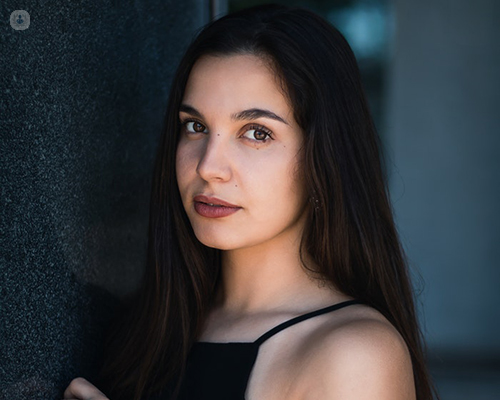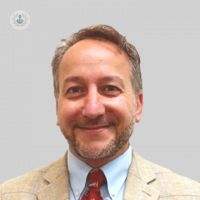Rhinoplasty (nose reshaping): "choosing" a new nose
Autore:Opting to have rhinoplasty can be daunting but it doesn’t have to be. Expert ENT surgeon Mr Ibrahim Srouji explains how he guides his patients in ‘choosing’ their new nose, combining art, science and managing expectations for the desired outcome.

What is the difference between functional and aesthetic rhinoplasty?
Strictly speaking, if in addition to your cosmetic concerns you have trouble breathing through your nose, and this is caused by internal or external defamatory of the bones and cartilages (soft bones) of your nose, then your rhinoplasty can be classed as “functional”. In my own practice, however, I approach every rhinoplasty procedure as “functional”. This is because I believe that aesthetic aims should always be balanced with keeping you safe and maintaining the function of your nose. This is the principal reason for my ensuring dual specialisation in both ENT and facial plastic surgery before embarking on rhinoplasty practice.
Are there different types of rhinoplasty corrections?
Apart from nonsurgical rhinoplasty using fillers, surgical rhinoplasty is either carried out through completely hidden incisions inside the nostrils (closed rhinoplasty or endonasal approach rhinoplasty), or it may need to be carried out through a small incision tucked on the underside of the dividing bar of skin between the nostrils (open rhinoplasty, or external approach rhinoplasty). The type of rhinoplasty I will offer depends on many factors. These include your specific aesthetic aims, type of skin and any previous surgery.
How much does the surgeon guide the patient in choosing what their new nose will look like?
After meeting you, listening to your story and understanding what improvements you hope to achieve, I will use my knowledge of the scientifically studied proportions of a natural and cosmetically pleasing nose to help you understand how these match up with your own expectations. My experience of several hundred rhinoplasty procedures will guide you as to what extent your desired outcome is advisable and surgically achievable. This constitutes powerful information which you can use to decide whether surgery is right for you and if so, which type of operation is more likely to achieve the results you expect.
Is there a process to help patients decide how to reshape their nose?
Yes, there is, and it can best be described as a combination of science and art. The scientific aspect relates to specific measurements and proportions I have studied that are widely recognised to represent the appearance of an aesthetically pleasing and natural looking nose. This does not only relate to specific angles and dimensions of the nose itself, but also how these relate to the overall shape of your face, your gender, ethnic origin and even your height. The artistic aspect of this of the process starts with getting to know you as a person and establishing a good rapport with you. This will allow me to understand your motivation for surgery, expectations, ideas of what is “beautiful”, and to produce a personalised surgical plan that is most likely to produce a result that suits your personality.
Are rhinoplasties reversible? What happens when the patient does not like the result?
Rhinoplasty changes are not generally reversible. Most problems associated with incomplete satisfaction with results can be prevented at the preoperative stage. This is why on meeting you I ensure we have ample time exploring your expectations from surgery in detail and providing you with an honest opinion of what can be realistically achieved. Nevertheless, even after good surgery, the healing process can sometimes lead to areas of imperfection and it is widely recognised that around 10% (one and 10) of all rhinoplasty patients request some form of adjustment with a second operation (revision).
In my own practice, I audit results on an annual basis and at the last count (December 2018) my own revision rate has been 4%. Although this is less than half the average rate, it is still important to recognise that undergoing rhinoplasty remains a significant commitment and in a small number of cases further treatment may be required.
If you're considering rhinoplasty, do not hesitate to book an appointment with one of our specialists.


